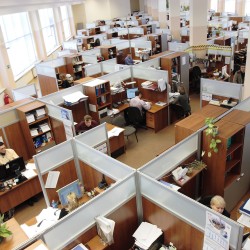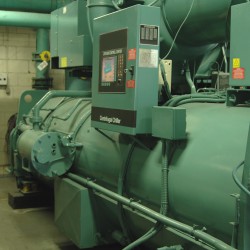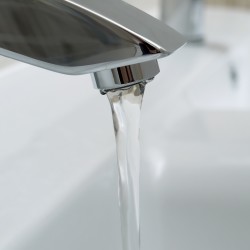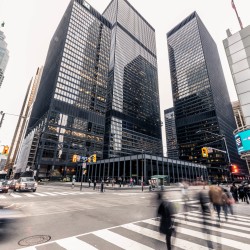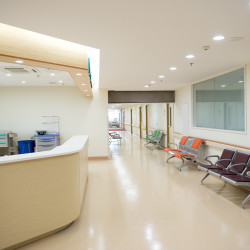Energy drift is the gradual decrease in energy performance and efficiency of your building's mechanical systems, such as lighting, HVAC, boilers, chillers, rooftop units, and others. According to research from Texas A&M and the Lawrence Berkeley National Laboratory (NBNL), energy drift can account for a decrease of system efficiency between ...
Optimizing Chiller Efficiency With Variable Frequency Drives
Chillers represent the single largest energy consuming piece of equipment within most mid-size to large commercial, industrial, and institutional facilities. On average, commercial chillers can account for 35-50 percent of a building's annual electricity use. Chillers usually have a lifespan of about 15-20 years and can weigh anywhere from 20 ...
Commercial Building Water Conservation
Over the past thirty years, the price of water has risen significantly, climbing well over the consumer price index (CPI), and prices are expected to continue to rise. While the cost per gallon of water far exceeds the cost per unit measurement of other utilities, utilities such as electricity are ...
New Energy Management Trends for 2017
The U.S. is entering the fourth industrial revolution: smart buildings. New technology is creating energy management trends that are redefining how building systems function and how we perceive and interact with them. Over the next few years, we will continue to see the expansion of the Internet of Things (IoT) ...
Patient Satisfaction and Profitability
Managing costs while improving value-based care continues to be a challenge for the healthcare industry. Value-based care, an initiative to provide only the care and services that patients want and need, derived from the initiative to improve the patient experience. Improving the patient experience consists of many variables, including the ...




